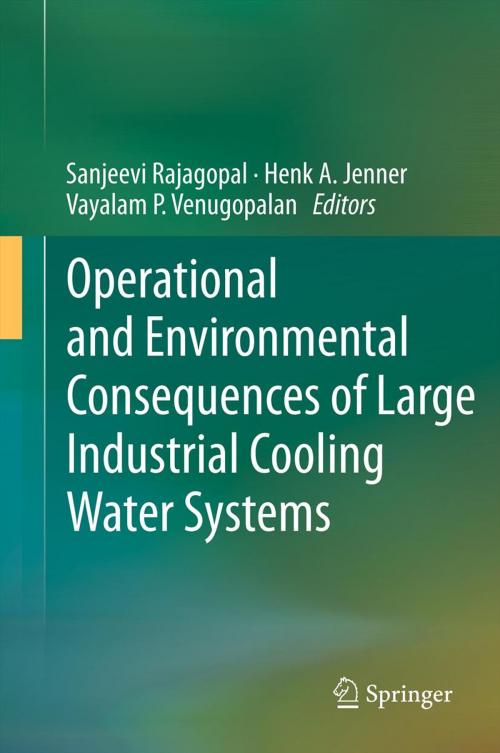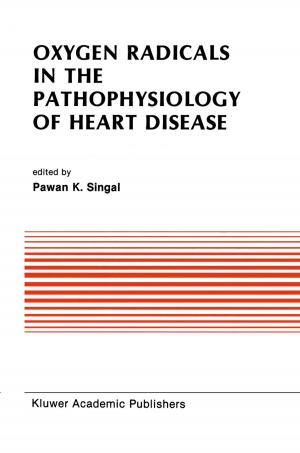Operational and Environmental Consequences of Large Industrial Cooling Water Systems
Nonfiction, Science & Nature, Technology, Engineering, Environmental| Author: | ISBN: | 9781461416982 | |
| Publisher: | Springer US | Publication: | January 7, 2012 |
| Imprint: | Springer | Language: | English |
| Author: | |
| ISBN: | 9781461416982 |
| Publisher: | Springer US |
| Publication: | January 7, 2012 |
| Imprint: | Springer |
| Language: | English |
The use of water for industrial purposes is of foremost importance. It is used as a coolant and industrial activities dealing with power generation, steel and iron, paper and pulp and oil require very large amounts of water. The industry, therefore, resorts to large scale abstraction of water from natural water bodies. This water is often treated with chemicals to combat operational problems like biofouling and corrosion. Such withdrawal and subsequent discharge of large amounts of water have the potential to impart significant impact on the recipient water body. The organisms drawn along with the cooling water, as well as those residing at the discharge zone, are subjected to a combination of mechanical, thermal and chemical stress on a continuous basis.
The use of water for industrial purposes is of foremost importance. It is used as a coolant and industrial activities dealing with power generation, steel and iron, paper and pulp and oil require very large amounts of water. The industry, therefore, resorts to large scale abstraction of water from natural water bodies. This water is often treated with chemicals to combat operational problems like biofouling and corrosion. Such withdrawal and subsequent discharge of large amounts of water have the potential to impart significant impact on the recipient water body. The organisms drawn along with the cooling water, as well as those residing at the discharge zone, are subjected to a combination of mechanical, thermal and chemical stress on a continuous basis.















